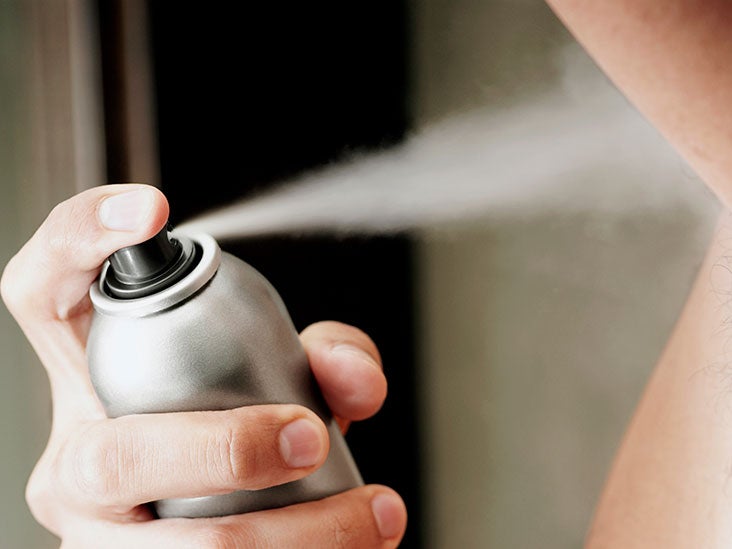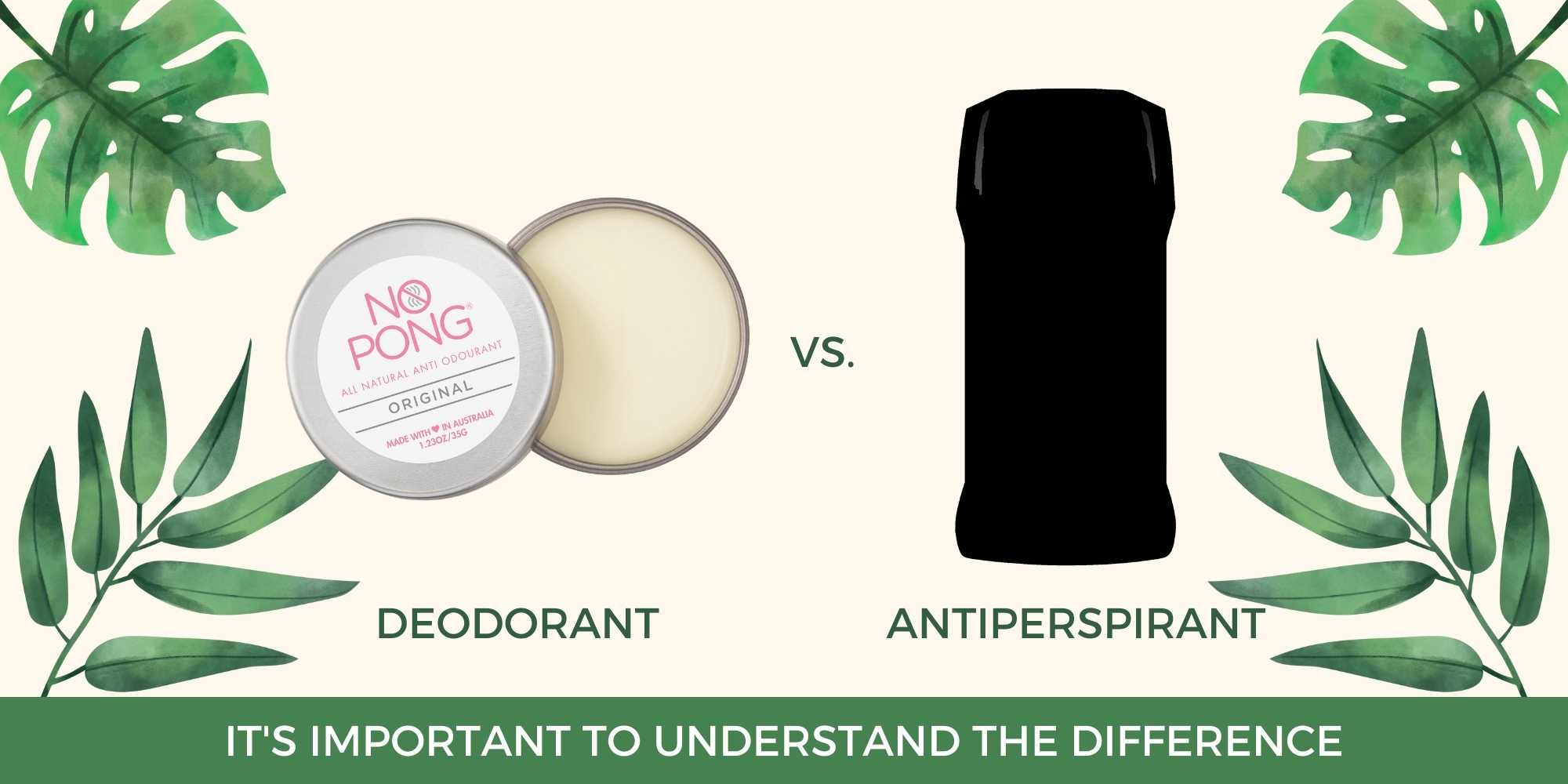When it comes to personal hygiene, deodorant plays a crucial role in maintaining fresh and pleasant body odor. Both men and women use deodorants daily to combat sweat and body odor. However, the market is flooded with options specifically designed for each gender, leaving many people wondering if there's a real difference between men's deodorant vs women's deodorant. This article will explore the distinctions, ingredients, effectiveness, and help you make an informed decision about which product suits your needs best.
Choosing the right deodorant is not just about preference; it's also about understanding how your body reacts to certain ingredients. While some might argue that gender-specific deodorants are merely marketing gimmicks, there are notable differences that cater to specific needs based on skin type, scent preferences, and activity levels.
In this comprehensive guide, we’ll delve into the science behind deodorants, analyze the differences between men's and women's formulas, and provide actionable tips to select the best product for you. Whether you're a man or a woman, this article will equip you with the knowledge to make an informed choice about your personal care routine.
Read also:Was Lane Frost Married Exploring The Life And Legacy Of A Rodeo Legend
Table of Contents:
- The History of Deodorants
- Composition of Men's vs Women's Deodorants
- Key Ingredients and Their Functions
- Scent Preferences: Gender Differences
- Skin Sensitivity and Gender-Specific Needs
- Effectiveness and Longevity
- Environmental Impact of Deodorants
- Top Brands and Product Recommendations
- Tips for Choosing the Right Deodorant
- Conclusion and Final Thoughts
The History of Deodorants
Deodorants have been around for over a century, with their origins dating back to the late 1800s. The first commercially available deodorant, called "Mum," was introduced in 1888. Initially, deodorants were marketed primarily to women, as societal norms dictated that men should not be concerned with their body odor. Over time, however, deodorant companies realized the potential market for men and began tailoring products specifically for them.
Today, the deodorant industry is worth billions of dollars, with countless brands offering a wide range of products. The evolution of deodorants has seen significant advancements in formulation, scent, and packaging, catering to the diverse needs of both men and women.
Composition of Men's vs Women's Deodorants
Active Ingredients
While the active ingredients in men's and women's deodorants are often the same, the concentrations and formulations may differ. Both types of deodorants typically contain aluminum-based compounds, such as aluminum chloride or aluminum zirconium, which are responsible for reducing sweat production. However, some women's deodorants may include gentler formulas to accommodate sensitive skin, while men's deodorants may focus more on combating heavy perspiration.
Additional Components
Besides active ingredients, deodorants also contain emollients, moisturizers, and fragrance. Men's deodorants are often formulated with stronger scents and more robust ingredients to mask strong body odors, whereas women's deodorants tend to feature lighter, floral, or fruity fragrances. These differences reflect the varying preferences and needs of each gender.
Key Ingredients and Their Functions
The ingredients in deodorants play a vital role in their effectiveness. Here are some common components and their functions:
Read also:Eddie Cibrian Tv Shows The Complete Guide To His Iconic Performances
- Aluminum Compounds: These are the primary active ingredients that reduce sweat production by temporarily blocking sweat glands.
- Antimicrobial Agents: These compounds help kill bacteria that cause body odor.
- Emollients: These ingredients soften and moisturize the skin, preventing irritation.
- Fragrance: Provides a pleasant scent and masks body odor.
It's important to note that some individuals may have sensitivities or allergies to certain ingredients, so it's crucial to choose a deodorant that aligns with your skin type and preferences.
Scent Preferences: Gender Differences
Scent plays a significant role in the appeal of deodorants. Men's deodorants typically feature bold, musky, or woodsy fragrances, while women's deodorants lean toward lighter, floral, or fruity scents. These differences reflect societal norms and marketing strategies that cater to perceived gender preferences.
However, scent is subjective, and many people prefer unisex scents that appeal to both genders. Some deodorant brands have recognized this trend and offer fragrance-free or neutral-scent options, allowing users to choose based on personal preference rather than gender.
Skin Sensitivity and Gender-Specific Needs
Men's Skin Characteristics
Men's skin tends to be thicker and oilier than women's skin, which can contribute to heavier perspiration and stronger body odor. As a result, men's deodorants are often formulated with stronger antiperspirant agents and more robust fragrances to combat these issues.
Women's Skin Characteristics
Women's skin is generally thinner and more sensitive, making it prone to irritation from harsh chemicals. Women's deodorants are often designed with gentler formulas that prioritize moisturization and soothing ingredients to prevent irritation.
Effectiveness and Longevity
Both men's and women's deodorants are designed to be effective in reducing sweat and body odor. However, the effectiveness can vary based on individual factors such as activity level, climate, and skin type. Some people may find that certain gender-specific deodorants work better for them than others, regardless of their actual gender.
It's essential to test different products to determine which one provides the best results for your unique needs. Pay attention to factors like how long the deodorant lasts, how well it controls sweat, and whether it causes any skin irritation.
Environmental Impact of Deodorants
In recent years, there has been growing concern about the environmental impact of deodorants, particularly those in aerosol form. Aerosol deodorants release greenhouse gases into the atmosphere, contributing to climate change. Many environmentally conscious consumers are opting for roll-on or stick deodorants, which are often packaged in recyclable materials.
Additionally, some brands are now offering natural or organic deodorant options that use plant-based ingredients and biodegradable packaging, making them a more sustainable choice for eco-conscious consumers.
Top Brands and Product Recommendations
Here are some of the top brands and products in the men's and women's deodorant categories:
Men's Deodorants
- Dove Men+Care: Known for its gentle formulas and effective sweat control.
- Axe: Offers bold scents and strong antiperspirant protection.
- Gillette: Provides long-lasting freshness and is often paired with shaving products.
Women's Deodorants
- Dove: Renowned for its moisturizing properties and gentle formulas.
- Clinique: Offers hypoallergenic options for sensitive skin.
- Secret: Known for its long-lasting protection and pleasant fragrances.
Tips for Choosing the Right Deodorant
Selecting the right deodorant can be overwhelming with so many options available. Here are some tips to help you make an informed decision:
- Identify your skin type and choose a deodorant that caters to it.
- Consider your activity level and choose a product that offers sufficient sweat control.
- Test different scents to find one that appeals to you and complements your personal style.
- Look for eco-friendly options if environmental impact is a concern for you.
- Read reviews and seek recommendations from friends or online communities.
Conclusion and Final Thoughts
In conclusion, while there are differences between men's deodorant vs women's deodorant, the choice ultimately comes down to personal preference and individual needs. Both types of deodorants are designed to combat sweat and body odor effectively, but their formulations, scents, and packaging may vary to cater to gender-specific preferences.
We encourage you to explore different options and find the product that works best for you. Don't hesitate to leave a comment or share this article with others who may find it helpful. For more insights into personal care and hygiene, be sure to check out our other articles on the website. Remember, taking care of your body is an essential part of living a healthy and fulfilling life.
References:
- Johnson, A. (2020). The Science of Sweat: Understanding Deodorants and Antiperspirants. Journal of Dermatology.
- Smith, R. (2019). Gender-Specific Deodorants: Marketing or Necessity? Consumer Reports.
- World Health Organization. (2021). Skin Care and Hygiene: Best Practices.


